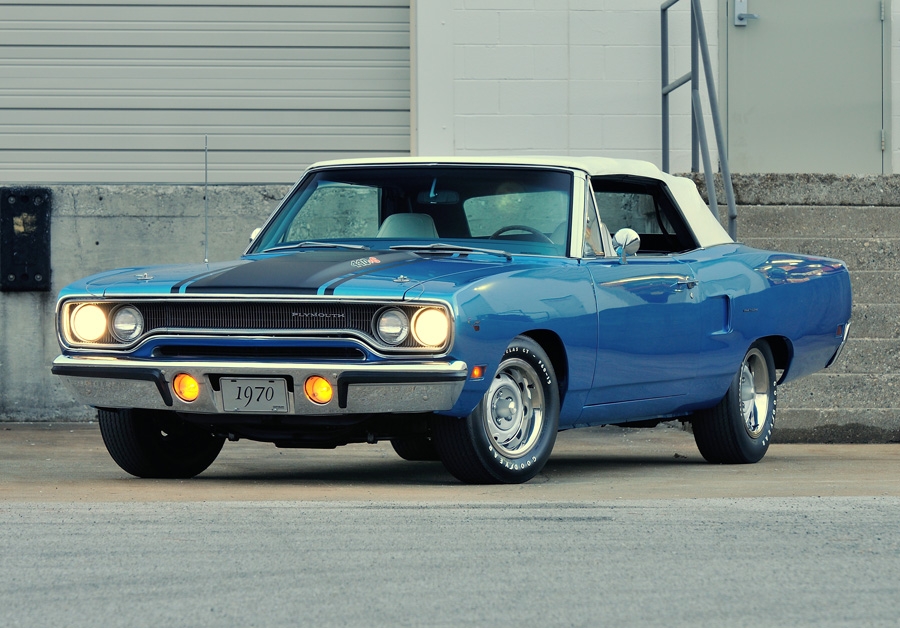• Five-year restoration
• One of 34 built in 1970
• One of 20 4-speeds
• Documented on the Chrysler Registry as a factory V-code convertible
• 440-ci Six Pack engine
• 4-speed transmission
• Dana rear end
• Power steering
• Power disc brakes
• Air Grabber hood
• Bucket seats and console
• Original fender tag
• Copies of old title to the mid-1970s

